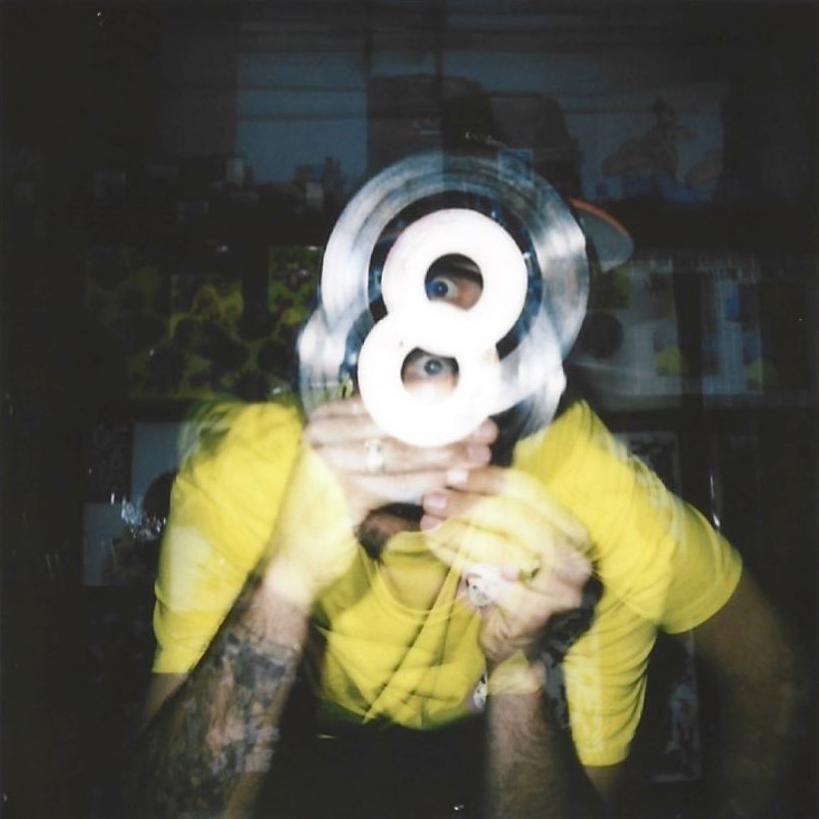We recently connected with Neon Brown and have shared our conversation below.
Alright, Neon thanks for taking the time to share your stories and insights with us today. We’d love to hear about a project that you’ve worked on that’s meant a lot to you.
My wife (Chelsea Chorpenning) and I made a short psychological horror film titled Jellybones. We’re in the midst of finishing it up. We’ve had some issues with surround, which has delayed its release, but it should be done very soon.
I’ve always wanted to make a film, though I usually stuck to film composition and staying behind the scenes. When the pandemic hit, many of my composition gigs dried up as production companies turned to their regulars. That shift gave me the time and opportunity to finally write our film.
This project means the world to me for many reasons. First, my wife and I created it together. I directed and she shot, she’s a phenomenal photographer and now, a phenomenal cinematographer. It was one of the hardest projects I’ve ever worked on, and the fact that we did it together is wonderful, even when it was unbelievably difficult and we were at each other’s necks.
Art is all about embarrassing yourself, and film is no exception. Every step feels embarrassing, and once it’s finished, you get to share it with the world! Hahah.
Our plan is to put Jellybones into festivals and keep making more. We should have a premiere here in Denver, hopefully in October.
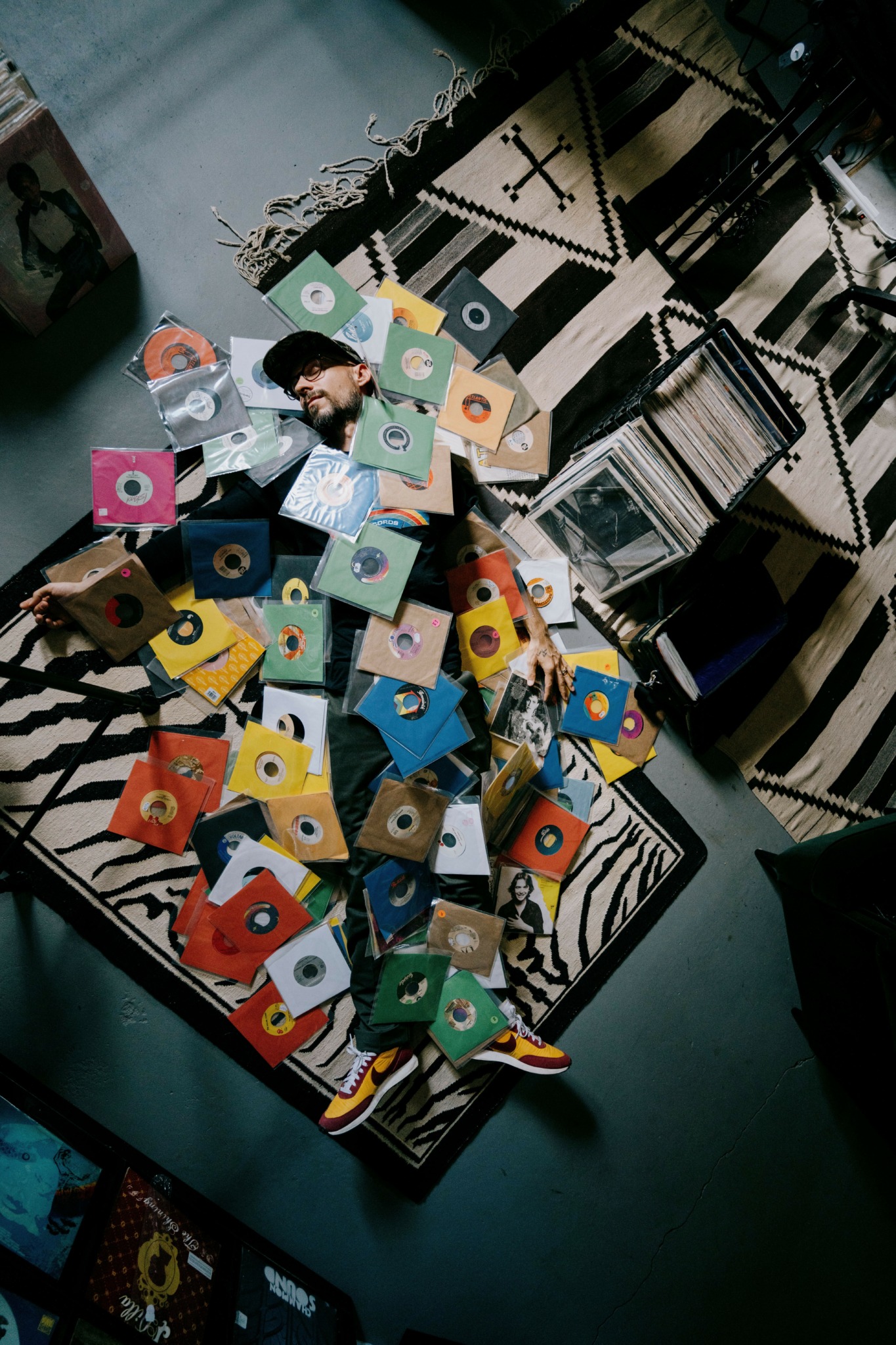
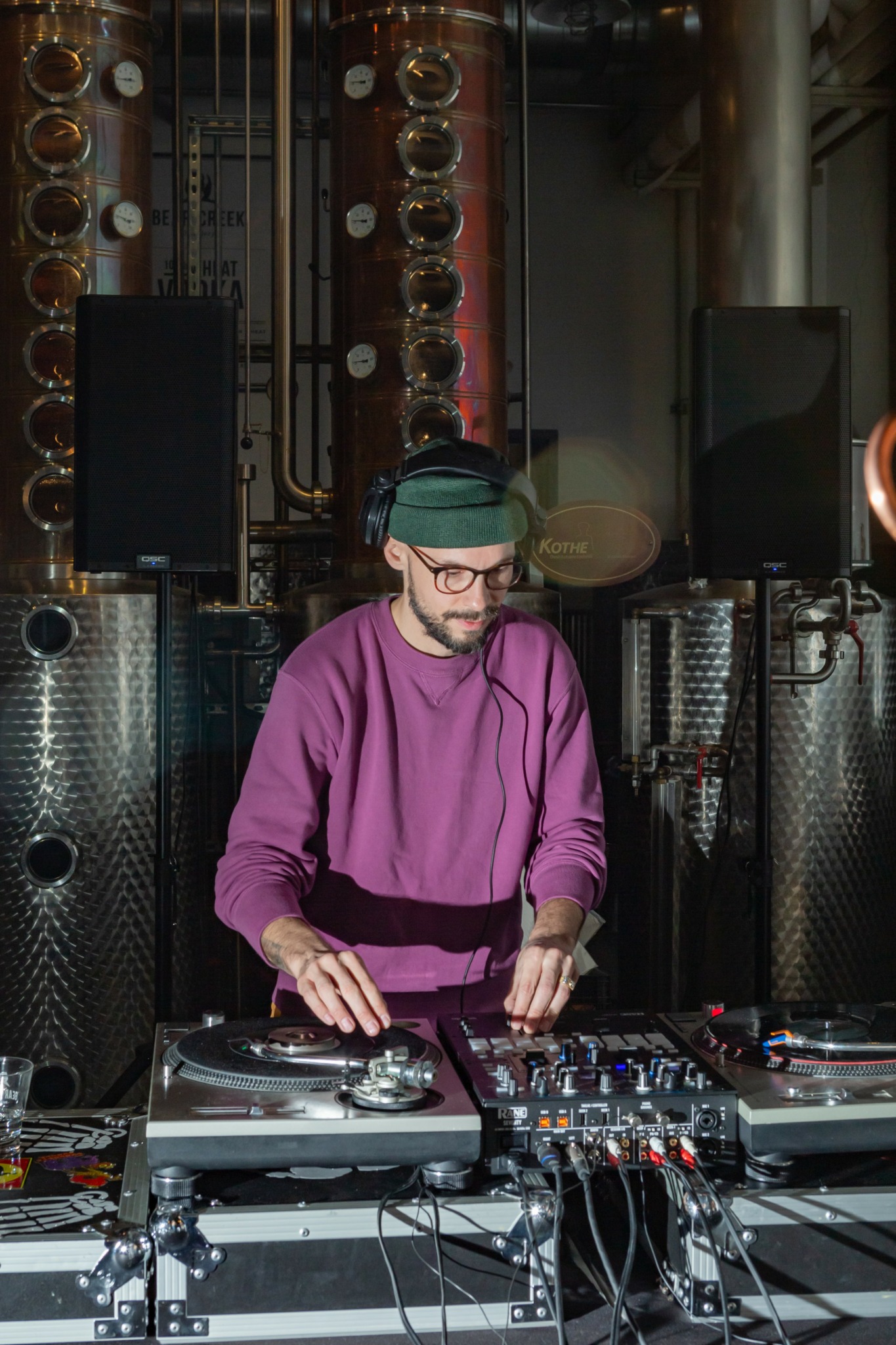
Neon , love having you share your insights with us. Before we ask you more questions, maybe you can take a moment to introduce yourself to our readers who might have missed our earlier conversations?
I do a lot of different jobs, each connects, but they can also stand on their own. I feel that today’s creatives need to be versatile to survive. Rather than get a 9–5 to support my art, I’ve taken on various occupations that all feed back into my creative work and keep me steady in the industry.
I’m a Denver native who lived in NYC for many years, that’s where I met my wife. After New York, we moved to Oakland, and eventually back to Denver to buy a home. I’m a music producer, creating hip hop, boogie, disco, house, and really anything I’m feeling in the moment.
I also compose for film and TV, with work for Nike, Google, Netflix, HBO, and others, as well as scoring several short films. My best friend Jake Sanders and I also work for a sonic branding company that creates sonic IDs, jingles, and musical cues for companies and videos. Sonic IDs help brands stand out – think of the sounds you associate with McDonald’s or Netflix.
I’m also a DJ. I have a residency here in Denver called Pantones at The Banshee House every second Saturday of the month. I travel around the US and Mexico to play as well. I play strictly vinyl, not because I’m against digital – but because I want to feel the music while playing, and vinyl allows that. Pantones is a dance party focused on boogie, funk, disco, house, and electro, though I collect nearly every genre and love mixing in hip hop, soul, psych, jazz, world, and more.
And finally, I’m a film director/writer. I recently made my first film (Jellybones) and will be putting it out into the world soon, with many more to follow.
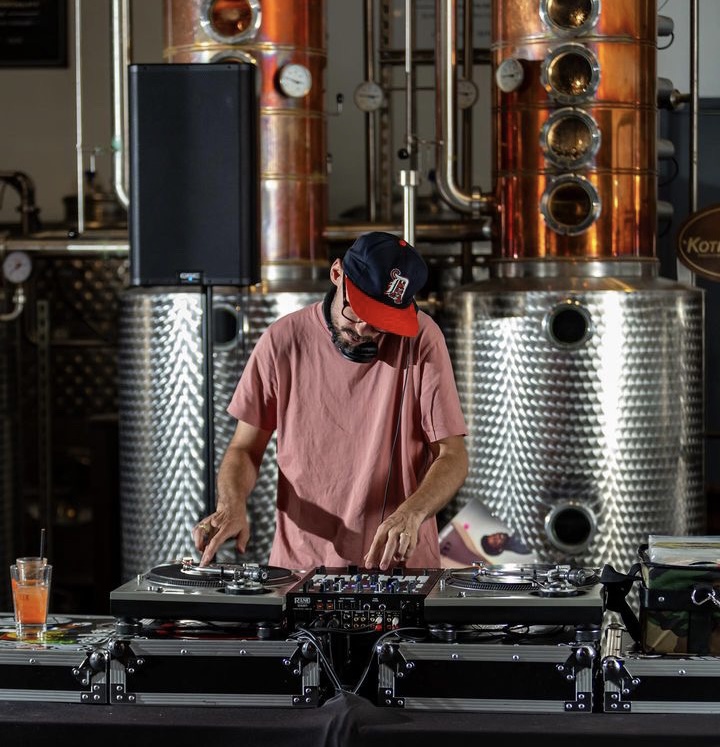

Is there something you think non-creatives will struggle to understand about your journey as a creative?
Being a creative is a 24/7 hustle. It is not easy, and people often take music and art for granted. With the rise of insidious technology, a war has been waged against art, making creative occupations harder. People believe AI will make life easier, but in reality, it complicates industries and creates problems.
Take sonic IDs, for example. Some are now generated with AI, but that opens up serious legal risks. AI repurposes pre-existing music, meaning you could easily step into copyright infringement. The safer bet is to hire a composer who can relate to your concept and create something original.
As a producer, I run into similar issues with streaming. Most people get music through apps like Spotify, which pay artists very little, even though without artists, Spotify wouldn’t exist. On top of that, Spotify’s creator has recently invested in a German defense tech company specializing in AI. These are not the people to support when it comes to art.
We should support our artists directly. Instead of buying into the fantasy that new tech will automatically create a better future, we should acknowledge its environmental costs and the damage it does to creative communities. AI isn’t going away, but we need to teach it better uses – right now, it’s being trained to dominate industries that don’t need domination.
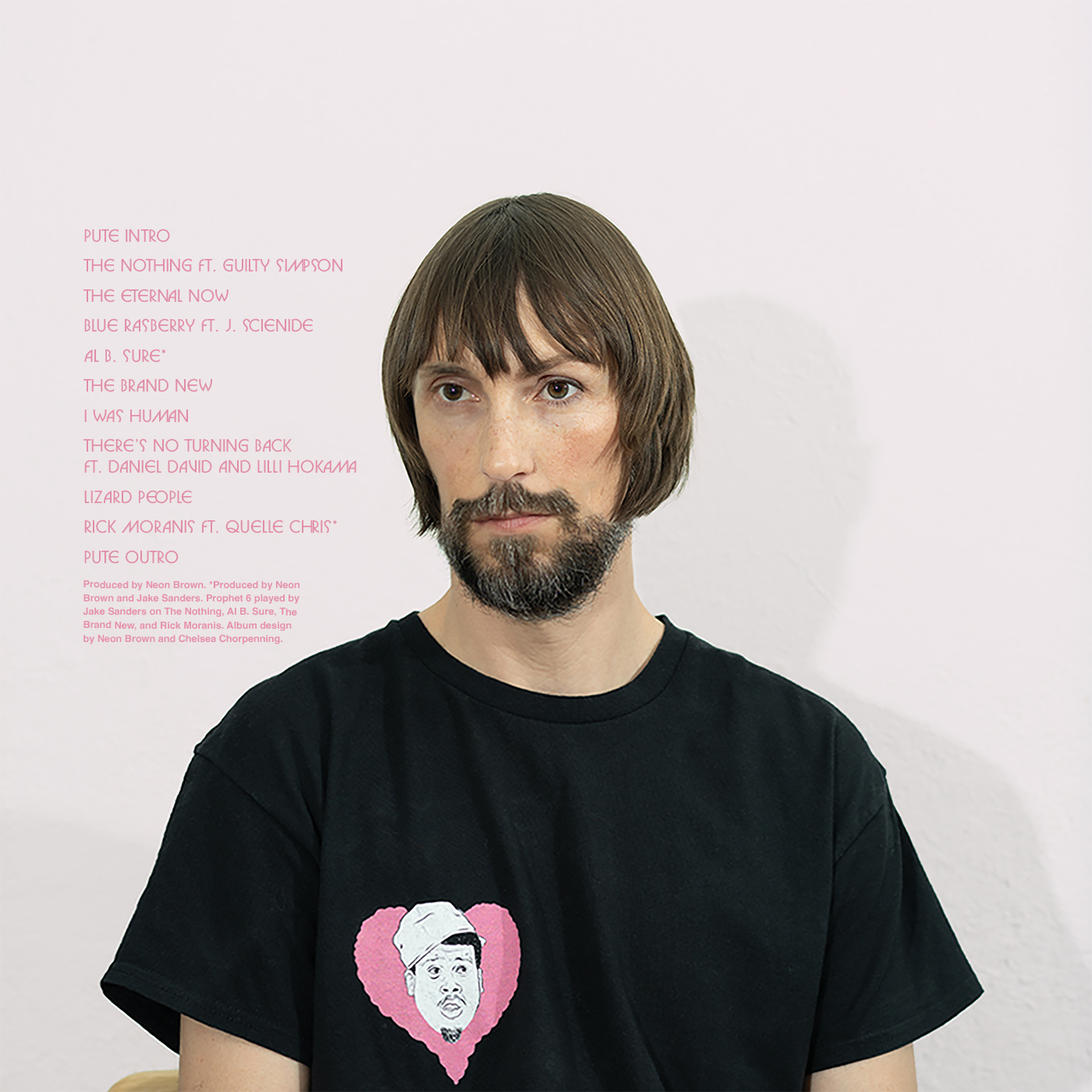

Learning and unlearning are both critical parts of growth – can you share a story of a time when you had to unlearn a lesson?
Because of technology and social media, I fell into the trap of making as much music as I possibly could each week, just to stay relevant. But what I noticed is that my craft suffered. The music lacked that “something special” I usually bring to keep my sound fresh and unique.
I had to step back from the herd and return to creating on my own timeline, rather than rushing to put out as much as possible. It was hard to let go, especially since posting constantly gives you that dopamine rush when people like your work.
But in the end, what matters is that you create something meaningful to you, even if the public doesn’t fully get it. The lesson is simple: don’t follow the crowd. Take your time to perfect your craft. If you do that, the crowd will eventually follow you.
Contact Info:
- Website: http://www.iamneonbrown.com/
- Instagram: https://www.instagram.com/givemeacallbackitsyourdad/
- Youtube: https://www.youtube.com/@neonbrownmisterfreedom5619
- Other: BANDCAMP:
https://iamneonbrown.bandcamp.com/album/gypsy-woman-reflip


Image Credits
All Images except the Pantones logo and the two DJ photos were taken by Chelsea Chorpenning.
The Pantones logo was drawn and designed by James Blagden.
The two DJ photos were taken by Jake Pedroza.


